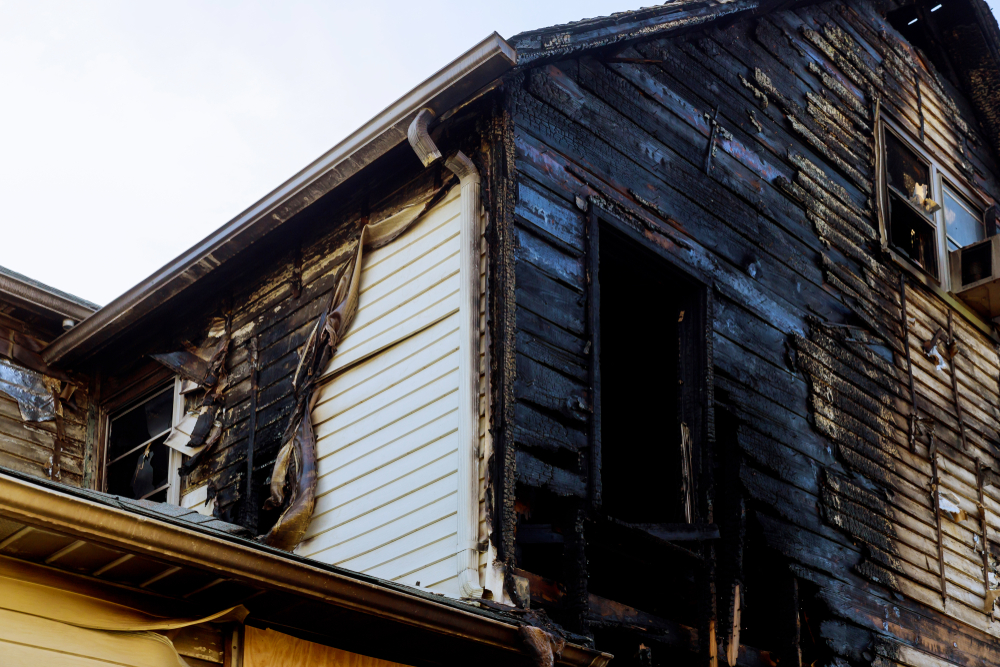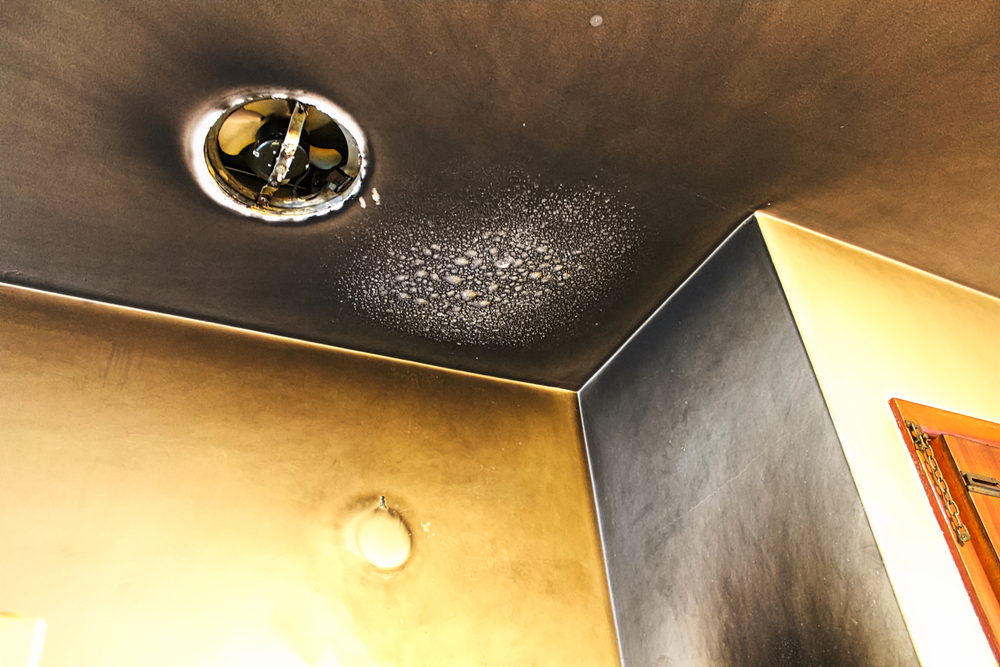Usually, people’s initial reaction when a house fire is the obvious devastation. Heartbreaking are charred walls, burned furniture, and destroyed possessions. Still, fires also leave behind an unseen issue: bad indoor air quality. Long after the flames are out, smoke, soot, and other combustion byproducts can hang in the air and seriously compromise your health. Over time, these concealed hazards might compromise the respiratory system, cardiovascular health, even the brain system. Rebuilding a safe and healthy living environment and guaranteeing long-term well-being for every household member depend on an awareness of how fire damage influences indoor air quality.
The Impact of Fire on Indoor Air Quality
Many dangerous chemicals released by fires into the atmosphere can seriously worsen interior air quality. Many times confined inside homes, these contaminants cause continuous risks and call for thorough cleansing and remediation projects to improve air quality.
Smoke
Every nook of your house might be invaded by the complicated mixture of gasses and small particles known as smoke. It involves:
- Particulate Matter (PM): Microscopic particles known as particulate matter (PM) can immediately and long-term disrupt health by penetrating deep into the lungs and bloodstream.
- Carbon Monoxide (CO): A colorless, odorless gas, carbon monoxide (CO) lowers oxygen flow to the body and can be lethal in high doses, therefore causing hazards both during and following a fire.
- Volatile Organic Compounds (VOCs): Harmful compounds like benzene and formaldehyde, which are emitted when synthetic materials burn, are known as volatile organic compounds (VOCs.). These chemicals can stay in closed environments, increasing the danger of chronic exposure.
Soot
Comprising tiny black particles produced by incomplete combustion of materials, soot is It can settle on surfaces and readily become airborne when disturbed, therefore extending exposure to toxic chemicals and raising the risk of inhalation or skin contact with hazardous compounds.
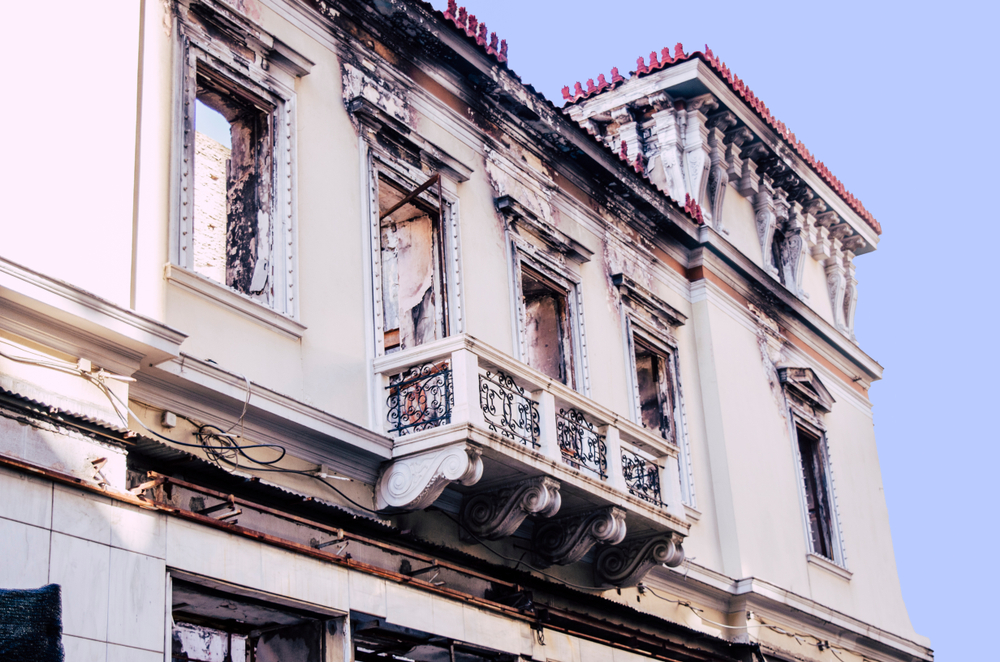
Ash
Ash is the left-over after things burn. Depending on what was burned, it can include harmful elements like heavy metals, which should not be touched or breathed upon. If improperly cleaned, ash can also contaminate other parts of a house.
Other Pollutants
The particular pollutants produced by burning different kinds of materials depend on their nature. As such:
- Heavy Metals: Found in batteries and electronics, heavy metals run hazards of neurotoxicity and other health problems.
- Formaldehyde: Released by burning construction products, carpets, and furniture, formaldehyde adds to indoor air pollution.
Health Risks Associated with Fire Damage to Indoor Air Quality
Your health may suffer both immediately and over time from exposure to toxins connected to fire. The type and degree of exposure will determine these hazards, which could influence several physiological systems.
Respiratory Problems
Breathing in smoke, soot, and other particulates can produce:
- Irritation of the respiratory system: Leading to coughing, wheezing, and throat soreness, irritation of the respiratory system might last days or weeks.
- Difficulty breathing: Particularly in people with asthma or chronic obstructive pulmonary disease (COPD), difficulty breathing results from smoke and particle matter aggravating these disorders.
- Increased risk of infections: Compromised lung function increases the ease with which viruses and bacteria can settle, therefore causing bronchitis or pneumonia.
Eye and Skin Irritation
Fire-related pollutants can aggravate skin and eyes, leading to:
- Burning or watery eyes: Particle matter and smoke cause discomfort and maybe long-term irritation.
- Skin rashes or irritation: From contact with soot, ash, or polluted surfaces, skin rashes or irritation calls for complete decontamination to stop reoccurring problems.
Cardiovascular Problems
Particulate particles in tobacco can pass into the bloodstream and cause:
- Heart palpitations or chest pain: Particularly in those with pre-existing heart issues, when the heart tries harder to offset lowered oxygen levels, heart palpitations or chest discomfort occurs.
- Increased blood pressure: A reaction to breathing small particles can cause blood pressure to rise and over time the cardiovascular system may be strained.
Long-Term Health Effects
Extended contact to fire-related contaminants could help to:
- Chronic respiratory conditions: Affecting quality of life include chronic respiratory disorders such bronchitis, asthma, or decreased lung capacity.
- Neurological problems: Neurological issues brought on by breathing harmful compounds such heavy metals and carbon monoxide cause cognitive or motor deficits.
- Increased cancer risk: Emphasizing the importance of efficient remediation, long-term exposure to carcinogens like benzene and formaldehyde calls for attention.
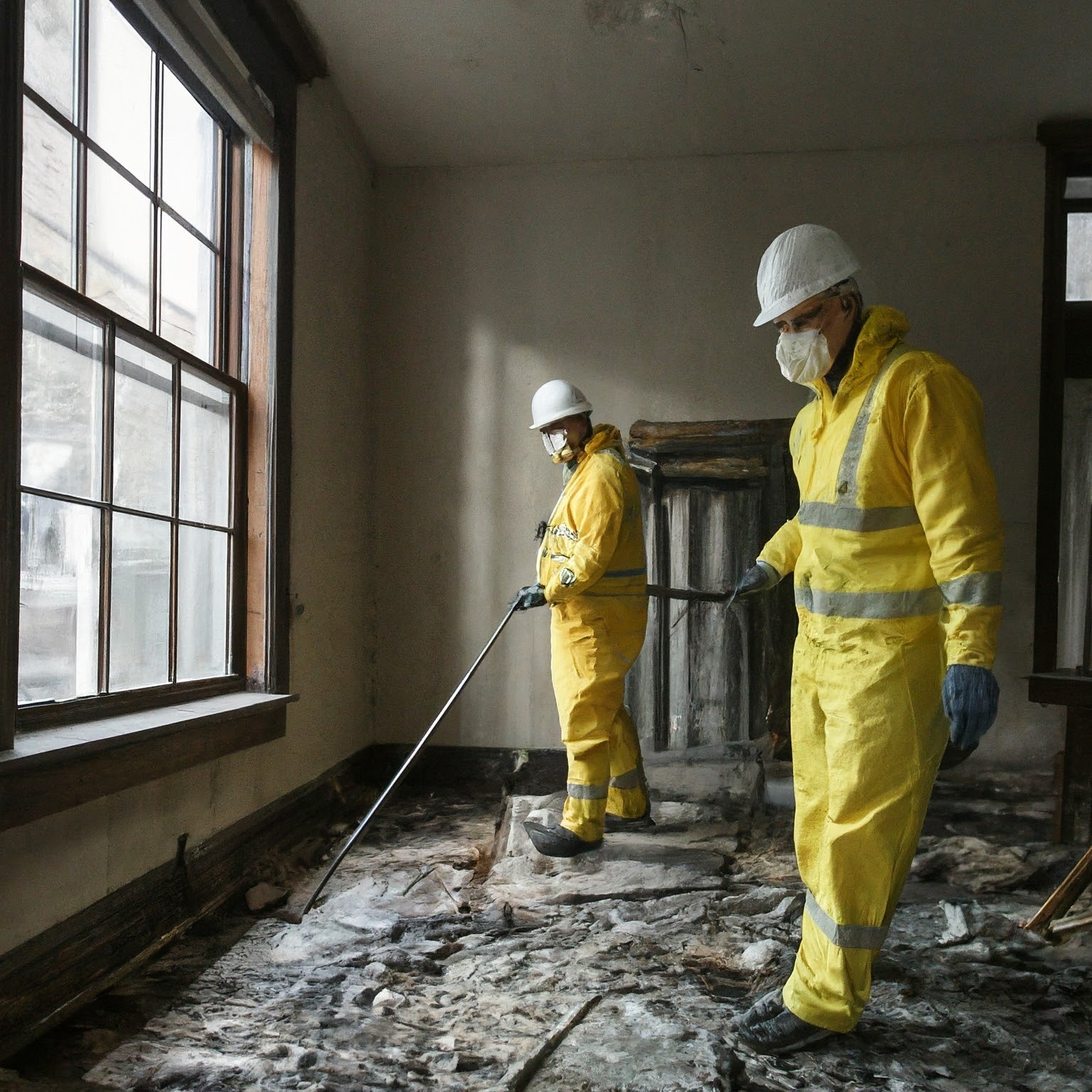
Restoring Indoor Air Quality After a Fire
Protecting your health and well-being depends on quickly restoring air quality following a fire. A multi-step strategy reduces health hazards and guarantees complete remedial action.
Professional Cleaning and Restoration
Recovering after a fire calls for specific tools and knowledge. Those in the professions cleaning and restoration can:
- Remove soot and ash: Remove soot and ash by means of industrial-grade vacuums and cleaning solutions, therefore preventing particle airborne spread of contaminants.
- Decontaminate surfaces: Ensuring no toxic residues remain on walls, flooring, or furniture helps to lower exposure hazards by decontaminating surfaces.
Air Quality Testing
Finding the degree of toxins in your house depends on doing air quality testing. Professionals utilize cutting-edge instruments to:
- Spot particulate matter, VOCs, and carbon monoxide.
- Point up hidden sources of contamination that demand more investigation to guarantee complete cleanup.
Air Purification
Restoring clean air means separating pollutants including gasses and hazardous particles. One can accomplish this with:
- HEPA Filters: High-efficiency particulate air filters, or HEPA filters, trap small particles—including smoke and soot—so stopping recirculating in your house.
- Activated Carbon Filters: Effective for absorbing gasses and smells, activated carbon filters instantly eliminate leftover smoke smells.
- Air Scrubbers: Devices known as air scrubbers help to clean the air in enclosed areas, therefore guaranteeing a safer indoor environment.
Odor Removal
Weeks or months can pass while smoke smells remain. To run them off:
- Thermal Fogging: Reaching even hidden locations, thermal fogging is a method releasing deodorizing agents to remove smells.
- Ozone Treatments: Using ozone generators to break down molecules generating smells will help to restore a fresh-smelling environment.
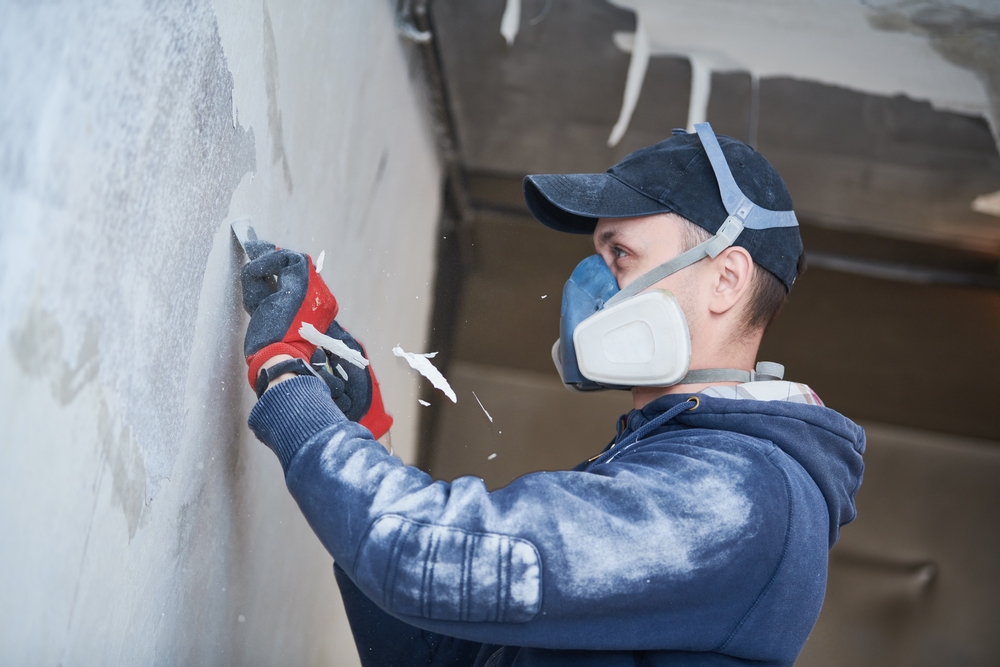
Preventing Future Indoor Air Quality Issues After a Fire
Once your house is rebuilt, acting preventatively will help to keep the air clean:
Regular HVAC System Maintenance
Air circulation depends much on your HVAC system. To maintain its proper operation:
- Replace filters often—especially following a fire—to stop pollution from recirculating.
- To guarantee good air movement, clean ductwork to eliminate any last soot or ash.
Ongoing Air Quality Monitoring
Track indoor air quality with:
- Air quality sensors: Devices with real-time pollution level data from air quality monitors enable you to remain informed about possible risks.
- Regular inspections: Regular inspections by experts help to guarantee a clean living environment by preventing new problems.
Addressing Remaining Sources of Contamination
Go over your house carefully looking for hidden contaminants including:
- Soot in difficult-to-reach places; professional cleaning may be needed.
- Residual smoke smells in porous fabrics like drapes and carpets that might need for specific remedies.
Conclusion
Ensuring a safe and healthy living surroundings depends on addressing indoor air quality following a fire. Long after the flames are out, smoke, soot, and other toxins can remain a major health hazard to inhabitants. Your health and those of your family will be preserved by knowing the link between fire damage and air quality and by acting holistically to restore clean air. Get expert assistance for air quality improvement and fire damage restoration without delay. Your health and peace of mind depend on a clean, safe house, thus it is worth the work to give long-term safety top priority and air quality improvements top importance.
Philadelphia Restoration Services
https://www.google.com/maps?cid=3399342399556699153
+1 267 668 0013
https://philadelphiarestorationservices.com/

